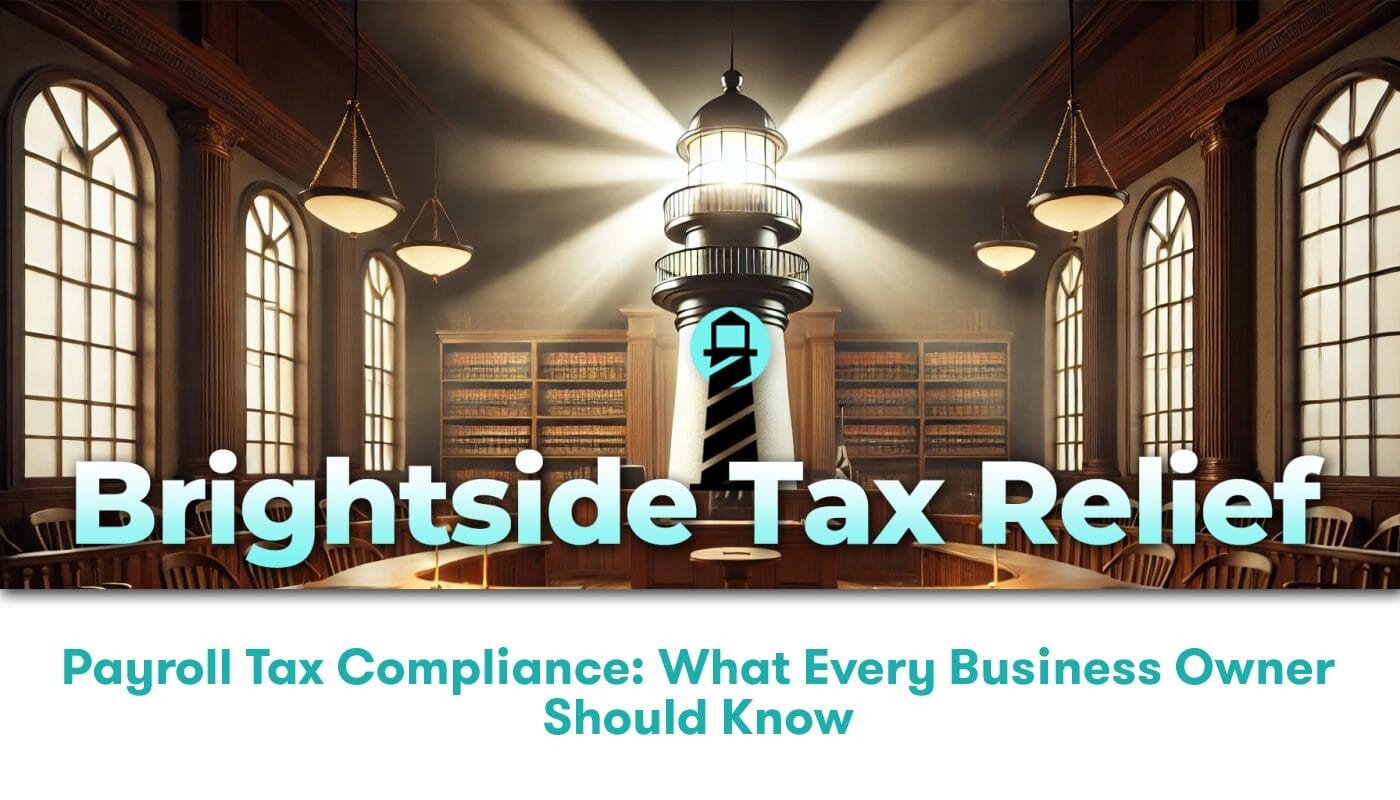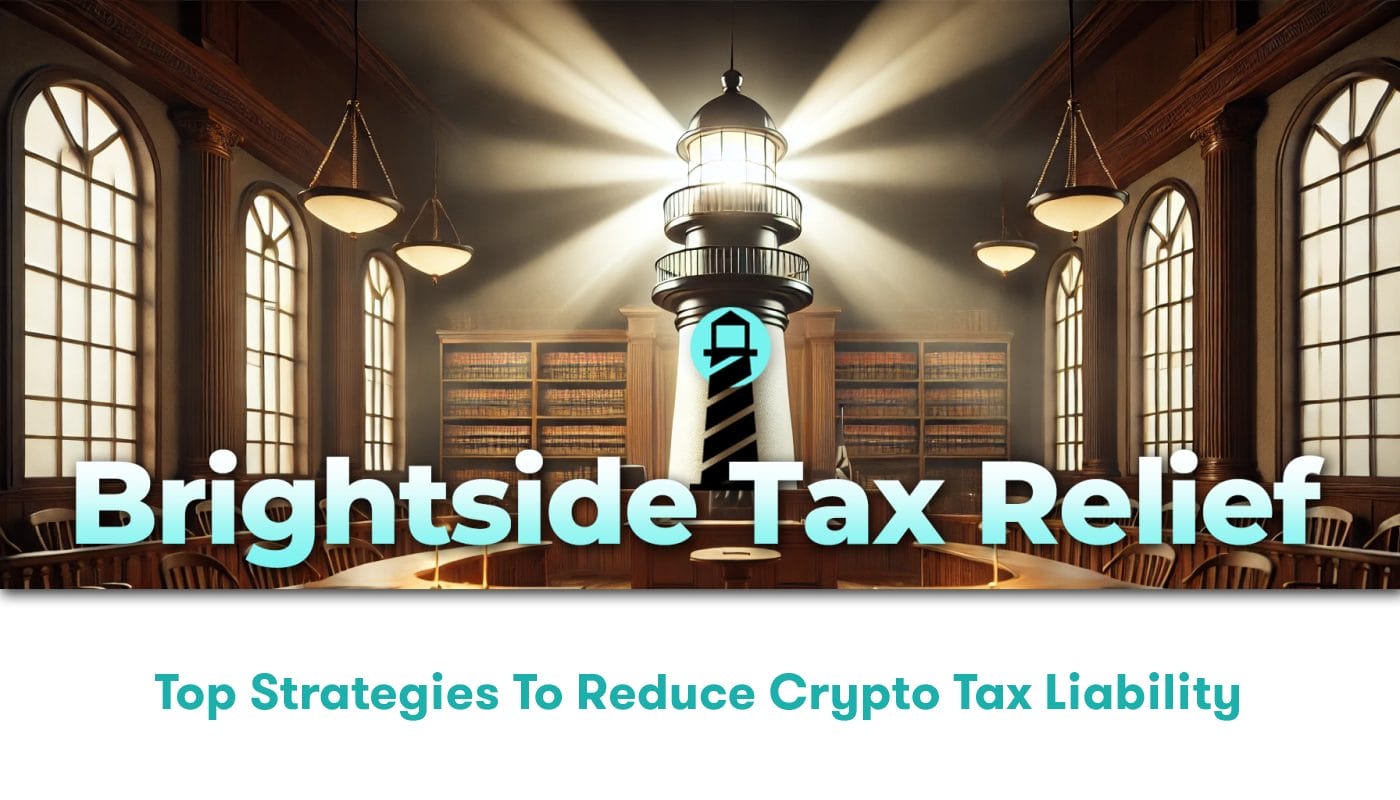Understanding Retirement Savings Tax
As we continue to advance in our careers, the notion of retirement starts to become more and more of a reality. It’s well known that wise financial decisions during our working years can help manage financial burdens after we’ve stopped garnering a regular pay check. An integral part of this financial wisdom revolves around understanding the tax implications of retirement savings withdrawals.
The Basics of Retirement Savings and Taxes
Retirement savings can come from many different sources such as 401(k) plans, individual retirement accounts (IRAs), Social Security, and pensions. All these have their own complex web of tax rules and implications that need to be navigated judiciously. Here’s the deal – whether you realize it or not, taxes can take a significant cut from your retirement savings if not handled correctly.
Timing of Taxes: Distinguishing Traditional IRAs from Roth IRAs
When it comes to IRAs, it’s crucial to understand the difference between Traditional and Roth. The timing of when you pay taxes plays a key role in deciding which type suits you best.
Traditional IRAs bring a unique advantage as they offer tax-deductible contributions upfront. Thus, you are not taxed when you invest your money, but rather when you withdraw it in retirement.
On the other hand, Roth IRAs do not provide tax deductions when contributions are made. However, the withdrawals during retirement are absolutely tax-free. This could potentially be very beneficial, especially if you fall in a higher tax bracket during your retirement years.
Understanding the Rules for Social Security and Pension
Similar to Traditional IRAs, you pay taxes when withdrawing from your Social Security or pension earnings, not when you make the contributions.
Interestingly, you might not have to pay income tax on your entire Social Security benefit amount. It largely depends on your total income and marital status. In the best-case scenario, you could pay zero taxes for your Social Security benefits, but typically, expect to be taxed for anywhere from 50% to 85% of your benefits.
Consequences of Early Withdrawals
It’s tempting to tap into your retirement funds before you reach retirement age. However, be aware that premature access to these funds might result in an early-distribution penalty. This penalty is typically 10% of the amount withdrawn. It applies to most retirement plans including 401(k) and Traditional IRA if funds are withdrawn before the age of 59 ½.
In certain scenarios, there are exceptions to this rule. To gain further information, it’s beneficial to conduct an in-depth review of this subject on the IRS website.
Considerations During Retirement
When retirement finally comes knocking, don’t be blind-sided by the Required Minimum Distributions (RMDs). The name already implies, these are minimum amounts that the federal government requires you to withdraw annually from your retirement accounts once you reach the age of 72. RMDs mostly apply to retirement plans like 401(k), Traditional IRA, and other tax-deferred retirement savings plans.
The Advantage of Qualified Charitable Distributions
If you’re someone who is charitably inclined and also hold an IRA, you might just be in for some good tax news. Post retirement, you have the option of opting for Qualified Charitable Distributions (QCD). Essentially, QCDs allow you to give up to $100,000 per year from your IRA directly to qualifying charities. This way, the distribution amount doesn’t add up to your taxable income, hence lowering your overall tax bill.
Bringing Expertise to Your Service
At Brightside Tax Relief, we understand the comprehensiveness nature of tax laws and their implications on your retirement strategies. With expert knowledge and client-centric approach we aim to guide you through the labyrinth of retirement savings tax, helping to ensure that you relish the fruits of your lifelong efforts with considerable peace of mind.
Retirement savings tax and their associated complexities don’t have to be a deterrent to your future plans. By understanding the nuances of these rules and laws, you can strategically plan your savings and withdrawals to minimize your tax liabilities and optimize your retirement revenue.






